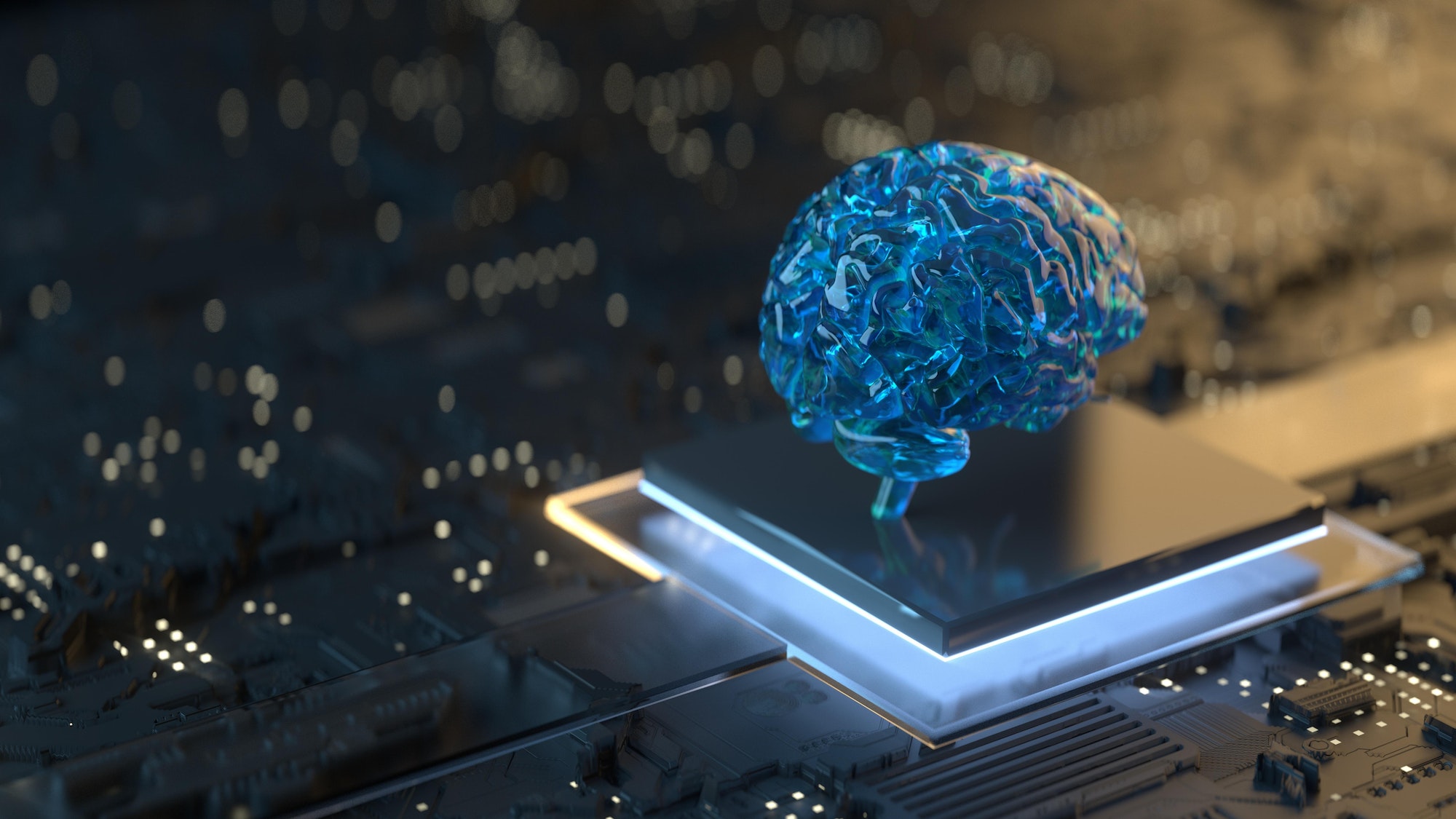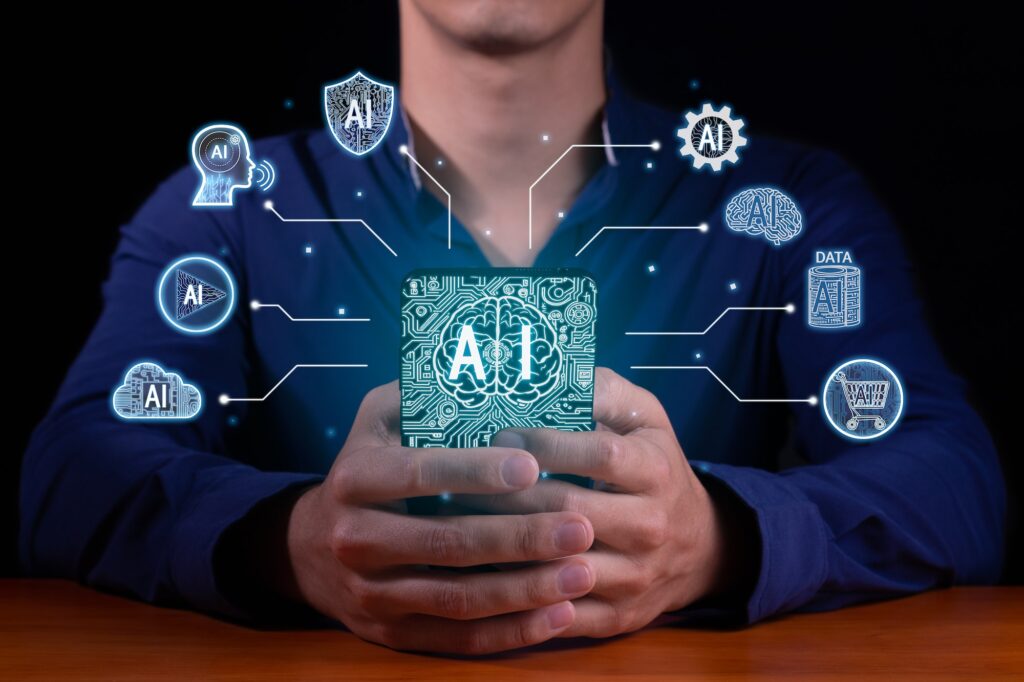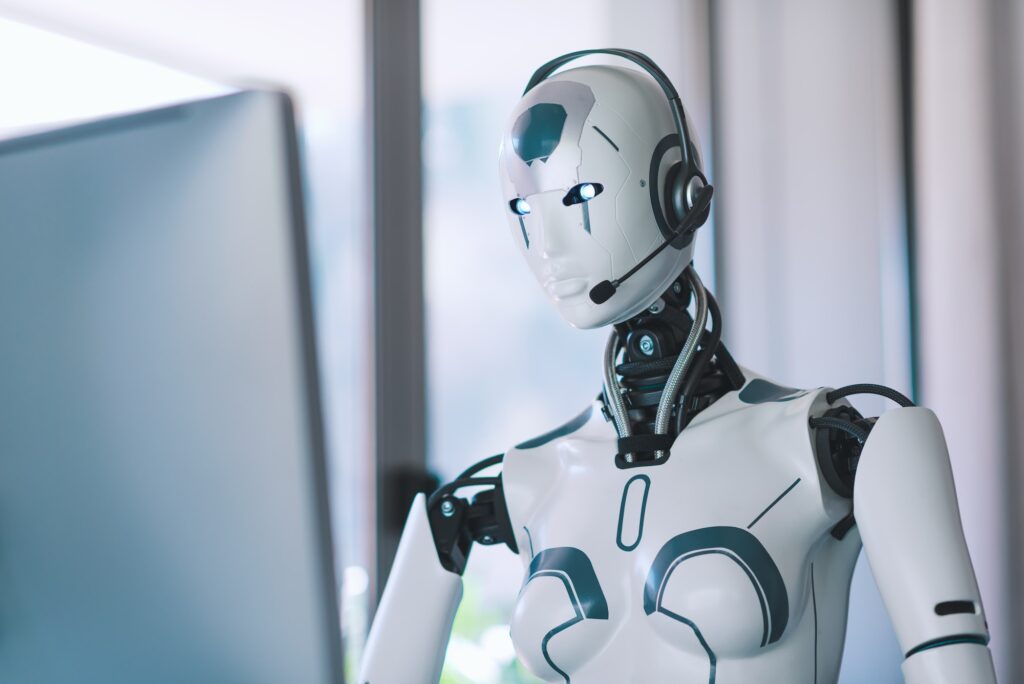Address
33-17, Q Sentral.
2A, Jalan Stesen Sentral 2, Kuala Lumpur Sentral,
50470 Federal Territory of Kuala Lumpur
Contact
+603-2701-3606
info@linkdood.com
Address
33-17, Q Sentral.
2A, Jalan Stesen Sentral 2, Kuala Lumpur Sentral,
50470 Federal Territory of Kuala Lumpur
Contact
+603-2701-3606
info@linkdood.com

In the world of tech, creating a successful artificial intelligence (A.I.) system ain’t cheap or easy. It takes a ton of cash and serious computing power, which is usually in the hands of big companies. But some smart entrepreneurs like Nick Frosst, Martin Kon, and Aidan Gomez from Cohere, found a way around this by getting help from Google, their old boss. By working with these big players, start-ups can get the computer power they need to kick off their A.I. projects.

Tech’s got a soft spot for start-ups that begin in a garage and turn into giants. But things are changing with A.I. on the rise, especially when it comes to chatbots like ChatGPT and Google Bard. The big money and heavy-duty computing power needed in this area make it tougher for small start-ups to recreate those Cinderella stories.
Let’s take Aidan Gomez and Nick Frosst as examples. They left Google in 2019 to start Cohere, an A.I. company in Toronto. Even though they wanted to compete with Google, they realized they needed major computing power. So, they asked Google for help, and the CEO, Sundar Pichai, gave them the green light. This shows how big companies can really help small start-ups make their A.I. dreams come true.
As the race to create next-level A.I. systems gets hotter, big names like Google, Microsoft, and Amazon have a lot of control because they have the computing power and big data centers. These giants get to decide who gets the resources they need to make A.I. advancements. David Katz from Radical Ventures compares it to “Game of Thrones” where the big companies rule and decide who gets computing power.
For instance, OpenAI got a huge $10 billion funding from Microsoft. OpenAI, the group behind ChatGPT, puts a big chunk of this money back into Microsoft to get access to their massive computer servers. These servers, loaded with thousands of specialized chips, are crucial for improving A.I. models like ChatGPT.

New chatbots powered by A.I. are stirring up a lot of competition. These bots could change the game and bring in the next big tech companies. Let’s look at a few:
ChatGPT by OpenAI is a big deal. It can handle tough questions, write poetry, code, plan trips, and even translate languages. The latest version, GPT-4, can even respond to images and do things like pass the Uniform Bar Exam.
Google’s chatbot Bard started in March and was initially just for users in the U.S. and Britain. Bard was meant to help with creativity, like writing emails and poems, but it can also come up with ideas, write blog posts, and answer questions.
Baidu, a major Chinese search giant, introduced Ernie in March as China’s first big competitor to ChatGPT. Unfortunately, Ernie didn’t do so well when it turned out a “live” demo was actually pre-recorded.
After ChatGPT came out, Microsoft put a similar chatbot in its Bing search engine. But, its sometimes incorrect or confusing responses have been quite controversial.
To compete with OpenAI, other companies need to get as much computing power. Cohere, for instance, recently raised $270 million, making their total funding over $440 million. This money will go towards buying computing power from big providers like Google.

Cohere isn’t the only one working with big companies to make their A.I. dreams a reality. Other start-ups like Anthropic, Character.AI, and Inflection AI are doing the same to get the computing resources they need.
The skills Aiden Gomez from Cohere gained at Google helped develop Cohere’s large language model tech. The Transformer, a super cool neural network setup, is the foundation for chatbots like ChatGPT and Google Bard. Using their expertise, Cohere’s founders wanted to compete with Google’s language models, which led to their own language model.
Cohere now provides tech solutions to other businesses, helping them create and run their A.I. applications. This can include chatbots, search engines, or even personal tutoring systems. By offering a flexible and easy-to-use platform, Cohere gives businesses a chance to play and innovate in the A.I. area.
OpenAI, a leader in A.I., is at the top of the game. Their partnership with Microsoft, who gave them billion in funding, shows the benefits of big companies working with start-ups. Microsoft’s CEO, Satya Nadella, highlights the importance of these collaborations in their company’s culture, which creates a space that encourages innovation.
While OpenAI is currently leading in A.I., Cohere and a few others are working on similar technologies. But big tech companies like Google have a big advantage because of their patents and technologies, like the Transformer.
But there’s a wildcard in open-source software. Meta recently made its latest large language model open source, so anyone can use and build on it. Many experts think this will stir up competition, as researchers from around the world can work together to challenge big companies. But they still need access to the data centers of these big companies, which means more investment is needed.
In short, successful A.I. start-ups face big challenges in getting the money and computing power they need. Working with big companies like Google and Microsoft has become a key strategy, helping start-ups compete and thrive in this super competitive field. Cohere’s story is a great example of how start-ups can succeed with help from big companies. By following the E-A-T (Expertise, Authoritativeness, Trustworthiness) guidelines and creating comprehensive and powerful language models, start-ups can rise above the competition and make a name for themselves in the A.I. industry.

Q1: Why is collaborating with big companies important for A.I. start-ups?
Collaboration with large companies provides start-ups with the necessary computing power and financial resources they need to develop their A.I. systems. Large tech firms like Google, Amazon, and Microsoft control vast data centers and computational resources essential for developing and training advanced A.I. models.
Q2: Who are some of the A.I. start-ups that have benefited from collaborations with big companies?
Cohere, Anthropic, Character.AI, and Inflection AI are a few examples of start-ups that have teamed up with industry giants to secure the resources necessary for their projects. For instance, Cohere was able to access substantial computing power with the approval of Sundar Pichai, the CEO of Google.
Q3: What are some of the new chatbots in the A.I. industry?
New chatbots include ChatGPT from OpenAI, Bard from Google, Ernie from Baidu, and an unnamed chatbot integrated into Microsoft’s Bing search engine. Each of these chatbots offers unique capabilities, such as answering complex questions, writing creative content, and more.
Q4: What role does OpenAI play in the A.I. industry?
OpenAI is a frontrunner in the A.I. industry, responsible for developing advanced language models like GPT-4. They have benefited from a significant $10 billion funding from Microsoft, which also gives them access to Microsoft’s expansive clusters of computer servers.
Q5: How can start-ups compete in the A.I. industry?
Start-ups can compete by collaborating with industry giants for the necessary computing power and financial resources. Additionally, they should adhere to the E-A.T. (Expertise, Authoritativeness, Trustworthiness) guidelines and focus on building comprehensive and powerful language models. The rise of open-source software also provides opportunities for start-ups to utilize and build upon established A.I. technologies.
Q6: What impact can open-source software have on the A.I. industry?
Open-source software allows any interested party to utilize and improve upon a given technology. This can fuel competition, as researchers worldwide can collaborate and innovate using these resources. For instance, Meta made its latest large language model open-source, potentially driving advancements in A.I. However, access to big companies’ data centers remains a crucial factor, underlining the importance of financial investment.